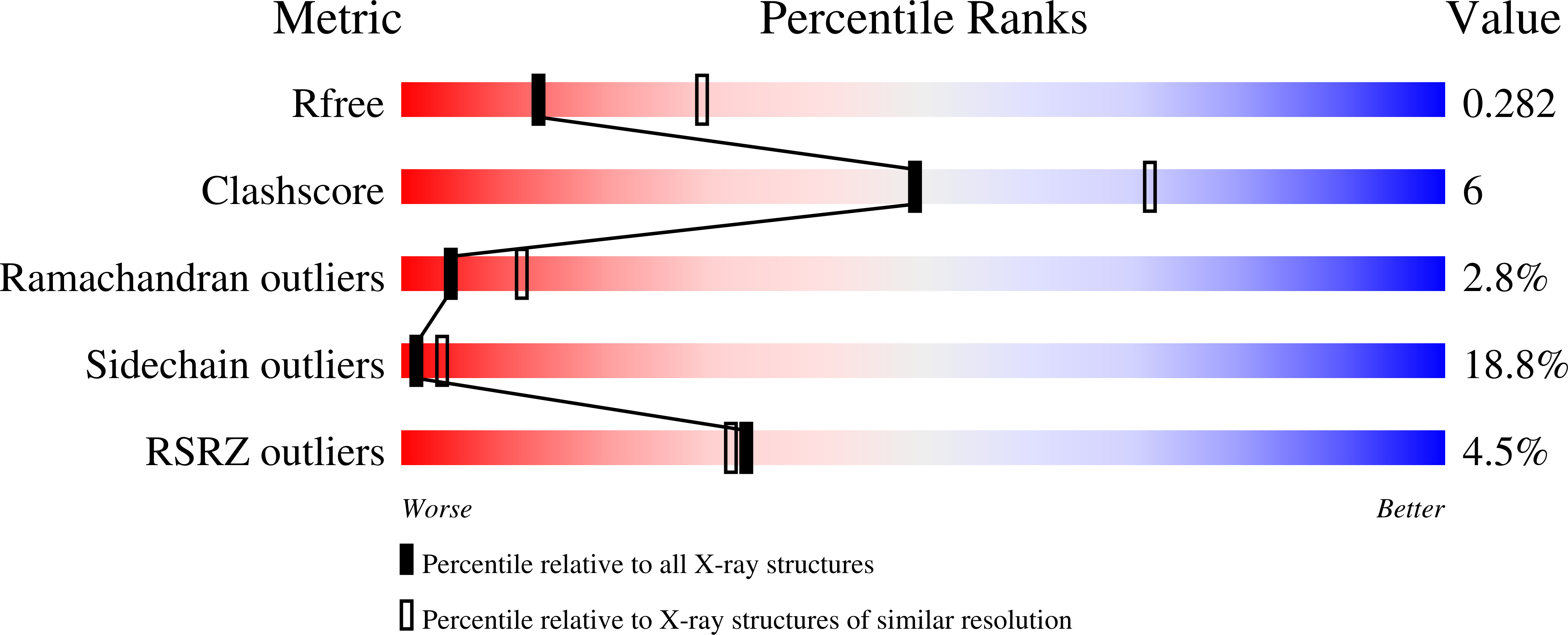
Deposition Date
2005-09-15
Release Date
2005-10-25
Last Version Date
2024-12-25
Entry Detail
PDB ID:
2B0Z
Keywords:
Title:
Crystal structure of the protein-protein complex between F82I cytochrome c and cytochrome c peroxidase
Biological Source:
Source Organism:
Saccharomyces cerevisiae (Taxon ID: 4932)
Host Organism:
Method Details:
Experimental Method:
Resolution:
2.70 Å
R-Value Free:
0.28
R-Value Work:
0.26
R-Value Observed:
0.26
Space Group:
P 21 21 21


